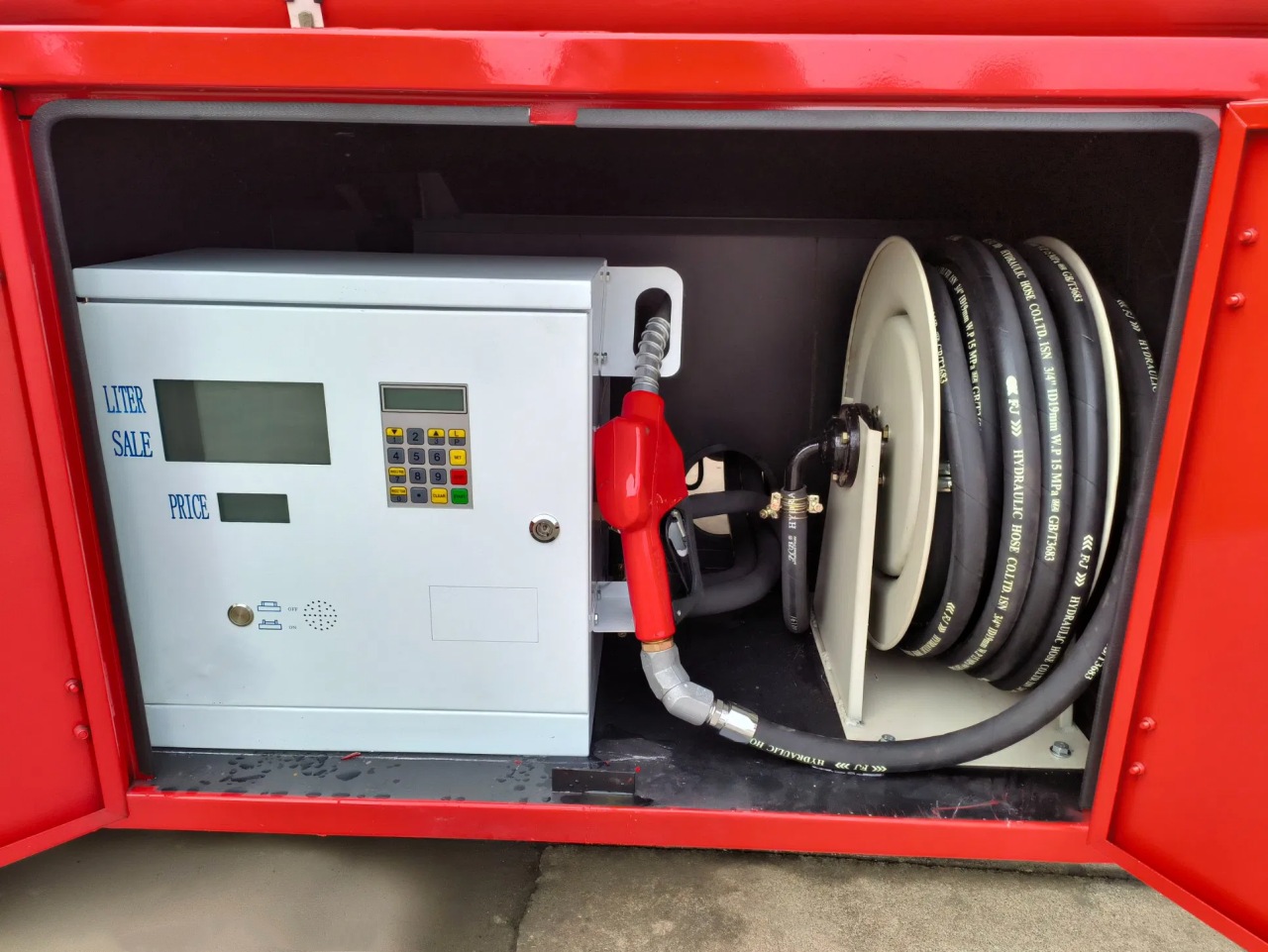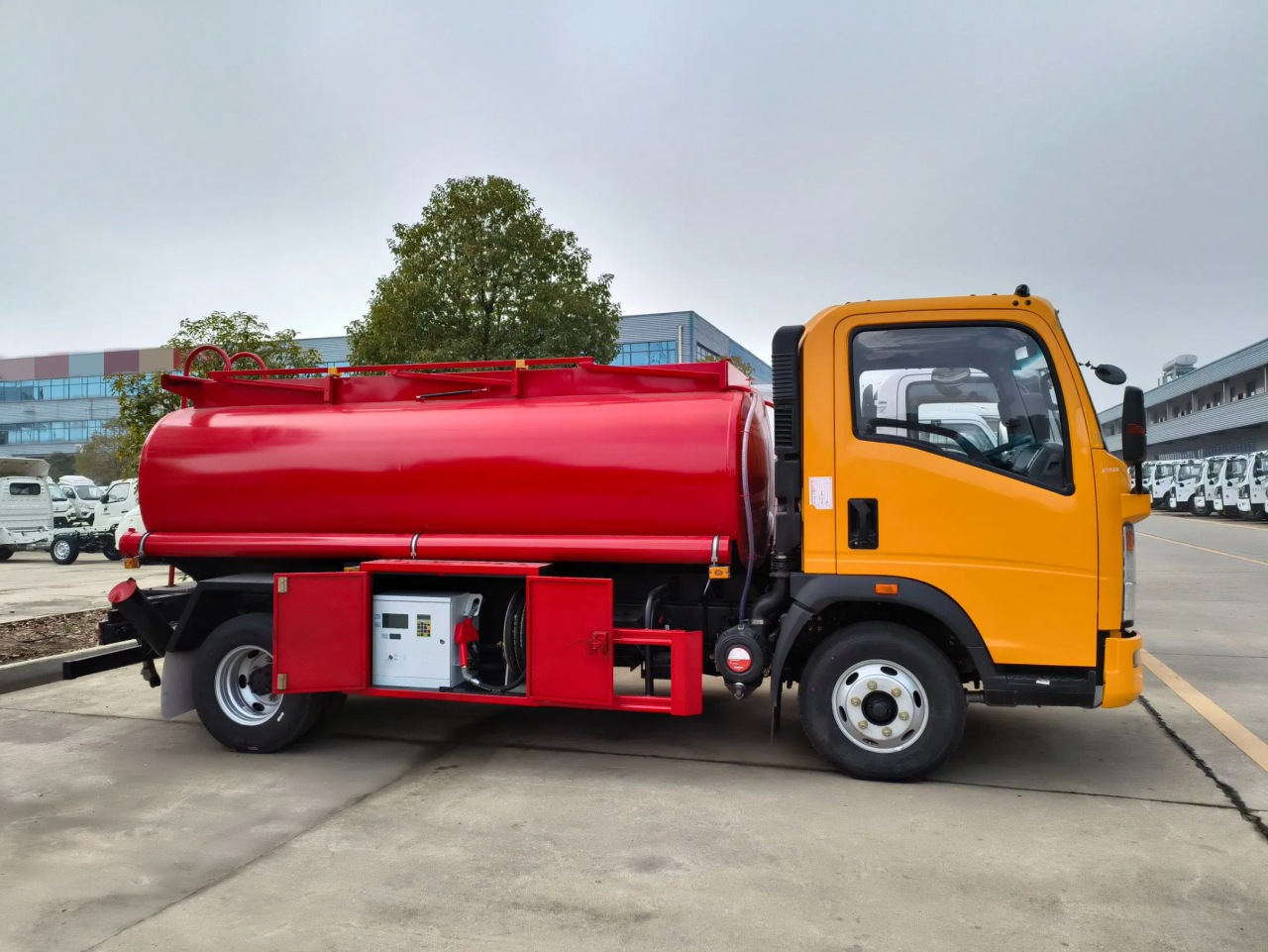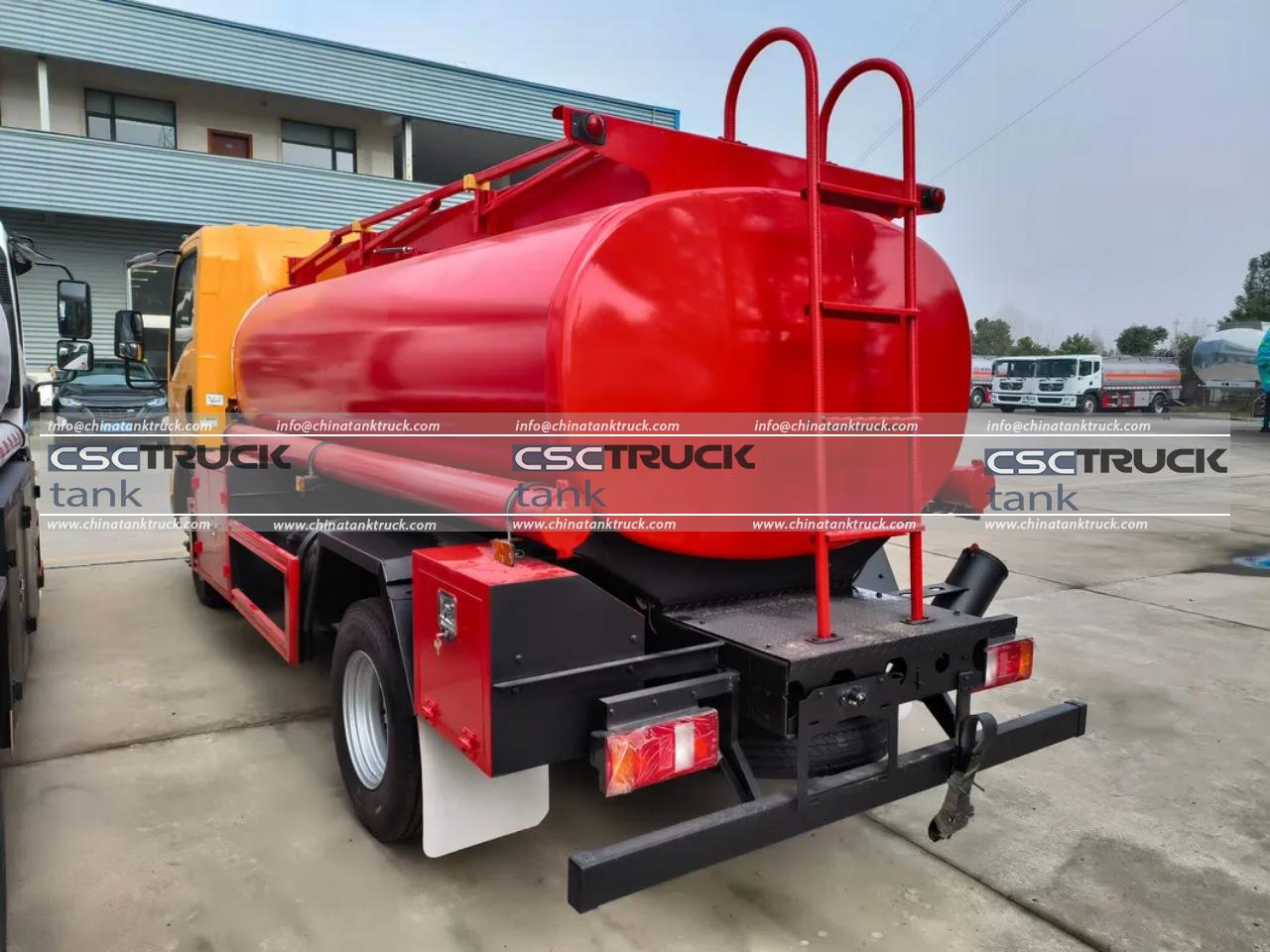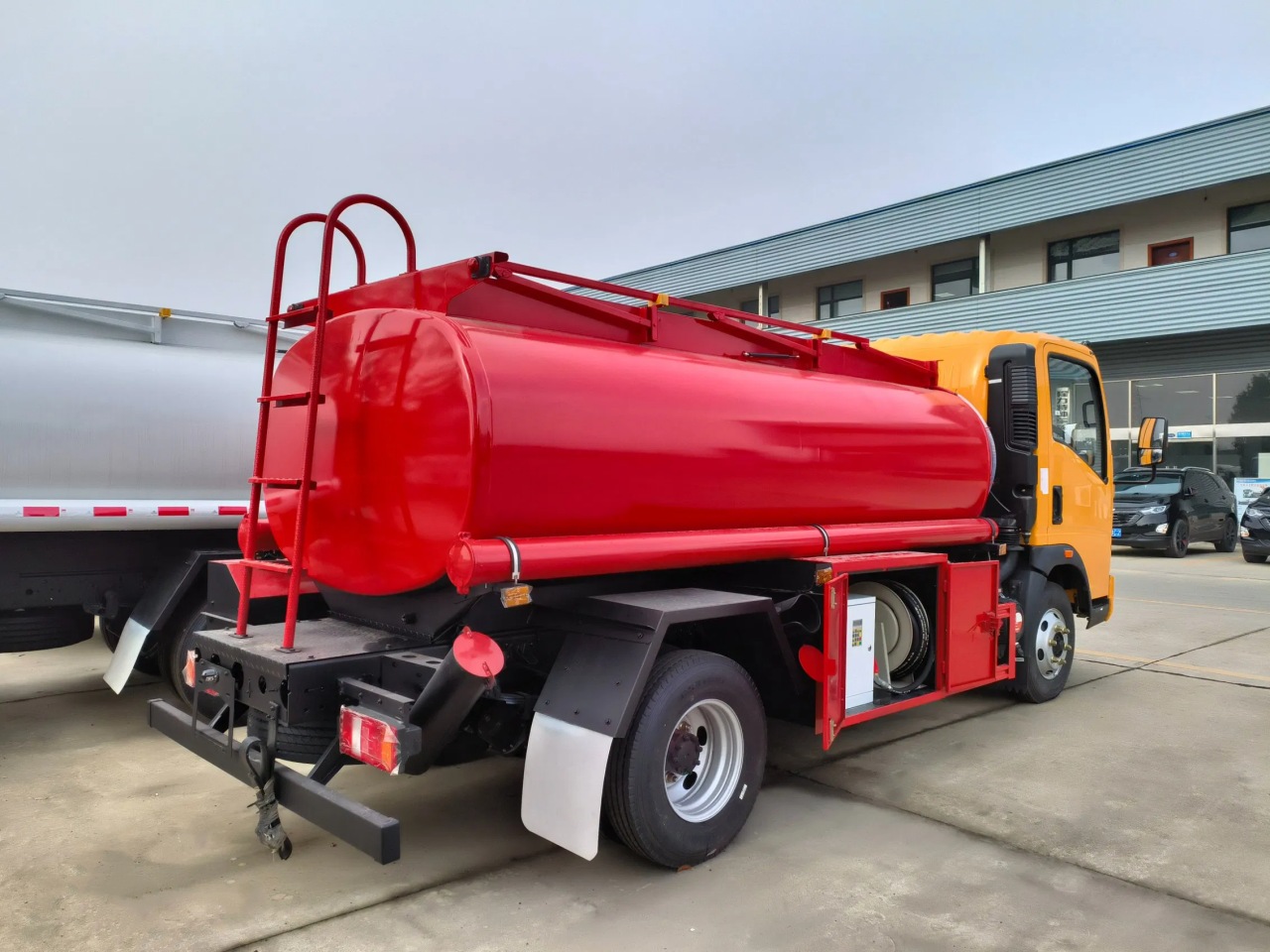In the world of logistics, construction, aviation, agriculture, and even emergency services, the term “bowser” frequently arises. Although the word may conjure images of old petrol pumps for some, in modern contexts, a bowser refers to a mobile tank or container used to transport and dispense liquids, most commonly fuel or water. These mobile tanks serve an essential function across a wide range of industries, offering flexibility, efficiency, and reliability in transporting vital resources. This article explores the purpose of a bowser, the various types available, the industries that rely on them, and the reasons why they continue to play such a critical role in contemporary operations.
Defining a Bowser
A bowser is a mobile tank unit designed to store and dispense liquids such as fuel (diesel, petrol, aviation fuel), water, and even chemicals. The term originated in the early 20th century and is believed to be named after Sylvanus F. Bowser, the American inventor credited with developing the first fuel dispensing pump. Today, the word is used in several countries, including the United Kingdom, Australia, and parts of Africa and Asia, to refer to tankers and trailers equipped to deliver liquid cargo.
Bowser may come in different forms:
- Trailer-mounted bowsers that can be towed by a vehicle
- Truck-mounted bowsers integrated into larger commercial vehicles
- Stationary bowsers used on-site in facilities or construction yards
Depending on their purpose, they may be equipped with pumps, hoses, flow meters, and filtration systems to facilitate accurate and safe dispensing.
The Core Purposes of a Bowser
The primary purpose of a bowser is the transportation and distribution of liquids, but this function supports numerous other operational goals depending on the context. Below are the core purposes and benefits of using a browser:
1. Fuel Transportation and Dispensing
Fuel bowsers are one of the most common types. These are widely used in industries where there is a need to deliver fuel to machinery or vehicles that are not in proximity to fixed refueling stations. For instance:
- Construction sites often use diesel bowsers to refuel excavators, bulldozers, and generators.
- Agricultural operations rely on them to refuel tractors, harvesters, and irrigation equipment.
- Airports use aviation fuel bowsers to refuel aircraft quickly and efficiently.
- Military operations employ bowsers for field refueling where fixed infrastructure is unavailable.
Fuel bowsers help minimize equipment downtime, increase operational efficiency, and ensure that essential machinery stays powered.
2. Water Supply and Distribution
Water bowsers are another essential variant. These are used to transport potable (drinking) or non-potable water, depending on the requirement. Their applications include:
- Dust suppression on construction sites or mines, where water is sprayed to reduce airborne particles.
- Agricultural irrigation delivers water to remote fields or livestock areas.
- Emergency response, such as firefighting or delivering drinking water during disasters.
- Public events, supplying clean water for sanitation, cooking, or consumption.
Some water bowsers are equipped with high-pressure spray nozzles or taps for easy access.
3. Chemical and Liquid Waste Management
Specialized bowsers are designed to carry corrosive or hazardous liquids such as industrial chemicals, fertilizers, and liquid waste. These are commonly used in:
- Manufacturing facilities for transporting chemicals between processing areas.
- Sewage and sanitation departments for waste collection or cleaning.
- Agriculture for transporting liquid fertilizers or pesticides.
Such bowsers are built with corrosion-resistant materials like stainless steel or polyethylene and may include protective linings to ensure safety and environmental compliance.
Industry Applications
The versatility of bowsers means they find utility in a wide range of sectors:
- Construction: Mobile refueling and water supply for remote worksites.
- Agriculture: Irrigation, fertilization, and machinery fueling.
- Aviation: On-the-spot refueling for aircraft in airports or remote airstrips.
- Mining: Dust control, fuel delivery, and fire suppression in isolated locations.
- Logistics: Fleet maintenance, especially for off-grid operations.
- Public Services: Emergency relief efforts, street cleaning, and event support.
In each of these settings, bowsers reduce reliance on static infrastructure and support mobility and flexibility.
Benefits of Using a Bowser
Using a browser offers multiple advantages:
- Operational Efficiency: Bowsers reduce downtime by bringing resources directly to the point of use.
- Flexibility: Mobile and adaptable to different terrains and needs.
- Cost-Effective: Reduces the need for fixed installations and allows for efficient logistics.
- Safety and Compliance: Modern bowsers are designed to meet stringent safety and environmental standards.
- Customization: Available in various sizes and configurations to meet specific requirements, from 500-liter towable units to 20,000-liter truck-mounted systems.
Key Features and Innovations
Modern bowsers are no longer just tanks on wheels. Many include advanced features to meet evolving demands:
- Digital flow meters for accurate dispensing records.
- GPS tracking for fleet management and security.
- Lockable compartments and safety valves to prevent theft or leakage.
- Dual-compartment systems to carry 2 different liquids.
- Solar-powered pumps for eco-friendly operation in remote locations.
Such advancements make bowsers smarter and more aligned with today’s sustainability and efficiency goals.
Conclusion
The purpose of a bowser extends far beyond simple liquid transportation. It is a vital tool that ensures productivity, sustains operations, and provides critical support in diverse industries. Whether it is delivering fuel to a bulldozer deep in a quarry, spraying water on dusty farm roads, or refueling an aircraft on a tarmac, the bowser plays an indispensable role. As industries continue to move toward greater mobility and on-demand services, the importance of bowsers is set to grow even further, making them a cornerstone of modern logistics and resource management.
In essence, a bowser is not just a tank—it is a lifeline.





